Seaweed is a plant. All too often, when thinking of our vast floral biodiversity, we think of all the land plants and forget about the marine and aquatic plants out there. The Botanical Society of South Africa and Gavin Maneveldt, of the Department of Biodiversity and Conservation Biology at the University of the Western Cape open your eyes to some interesting facts about life in the sea and marine ‘flower beds’. Written by: Gavin Maneveldt and Catherine Browne

Oceans cover 71% of Earth’s surface and contain 97% of Earth’s water. Not surprisingly, the oceans are the largest source of biotic diversity on the planet. It is estimated that as much as 80% of all life on Earth is found under the ocean surface, and an estimated 90% of all photosynthetic life occurs in the oceans. This means that seaweeds and the microscopic algae of the ocean make up roughly nine-tenths of all the plant-like life on Earth.

Did you know these 10 facts about seaweeds?
1. Most of the world’s oxygen (about 70%) comes from seaweeds and other microscopic algae.
2. Seaweeds support primary production levels 6-10 times greater than the most intensive land-based agricultural systems.
3. It is estimated that there are nine times more microscopic algae and seaweeds in the oceans than plants on land.
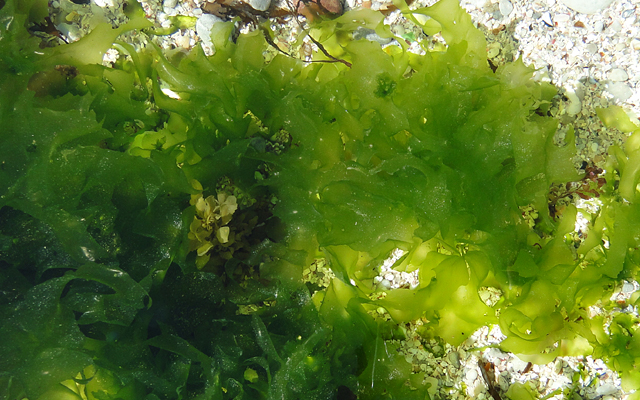
4. Together with microscopic algae called phytoplankton, seaweeds (macroscopic algae) are responsible for all primary production in the oceans and, therefore, form the basis of the food chain in the oceans.
5. Seaweeds are amongst the fastest-growing organisms on the planet. For example, under optimal conditions, the giant kelp Macrocystis pyrifera, can grow nearly a metre (three feet) a day – attaining lengths over 50m.
6. While most seaweeds are soft and fleshy, many, particularly red seaweeds, are hard as rock. These hard red seaweeds, commonly known as coralline algae, deposit lime into their cell walls.

7. Strictly speaking, seaweeds are not plants. Only green seaweeds are considered plants as they have given rise to land plants. However, like plants, most algae and seaweeds depend on sunlight to create energy through photosynthesis.
8. Many argue that red seaweeds should be placed in a kingdom of their own. They are the only organisms on the planet with three life cycle stages.
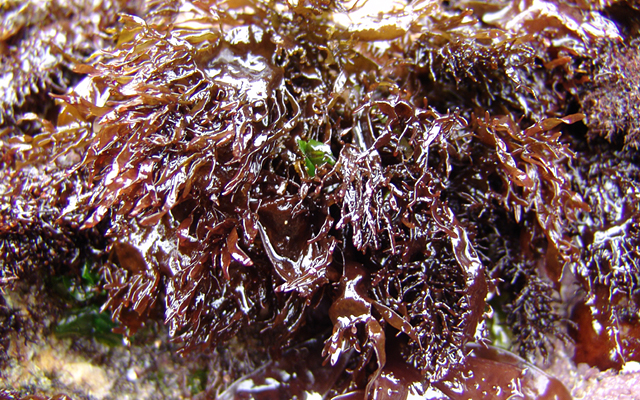
9. Seaweeds assimilate minerals directly from the sea and are thought to be the most nutritious foods you can eat. Rich in trace elements and vitamins, many frequently contain more protein than meat and more calcium than milk.
10. The word seaweed is so commonly used, yet to refer to these marine algae as ‘weeds’ is very far from the truth. Although we often cannot smell or taste them, many ingredients in our foods and household products come from the sea and seaweed.


Common uses of seaweeds:
1. Green seaweeds:
– Eaten in the Far East as a green vegetable in salads and soups
– Are rich in carotenoids (an antioxidant, age-defying substance)
– Are now known to help prevent cancer (including breast cancer in women), heart disease and strokes.
– Beta carotene, derived from green seaweeds, is used as a yellow-orange food colourant in cheese, coffee creamers, egg substitutes, margarine, mayonnaise, multivitamins and salad dressings.
2. Whole brown seaweeds such as kelp:
– Considered an excellent detoxifying agent.
– Produce alginate, a substance of considerable economic value used as a gelling and emulsifying agent. For example, alginate prevents the formation of ice crystals in ice cream. In the medical industry, alginate is used to encapsulate tablets in powder form and to form fracture castings and moulds. Other alginate products include brownie mix, frozen foods, desserts, relishes, salad dressing, sauces, gravies and even beer foam.
– Kelp also contains an astonishing amount of vitamins and minerals, particularly iodine, which has a normalising effect on the thyroid gland that controls the body’s growth and development.
– In many countries, kelp is harvested as a feed and nutritional supplement for commercially farmed animals.
– Due to its high micronutrient contents, kelp is widely used as fertilisers and plant growth stimulants.
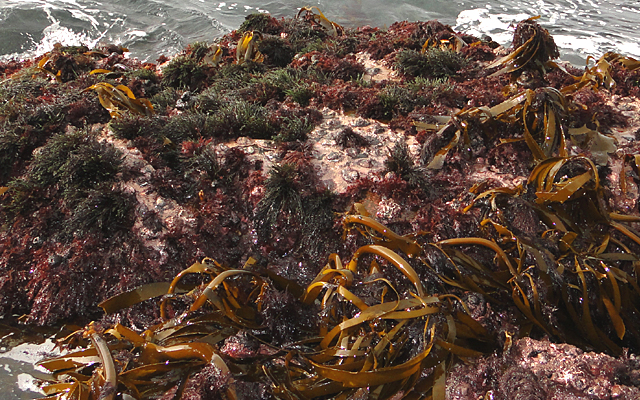
3. While the seaweed industry in the West is based mainly on seaweed extracts, in the East, seaweeds are cultivated in huge quantities for human consumption. Red seaweeds from the genus Porphyra (purple laver), in particular, contribute at least 80% of all seaweed harvested worldwide.
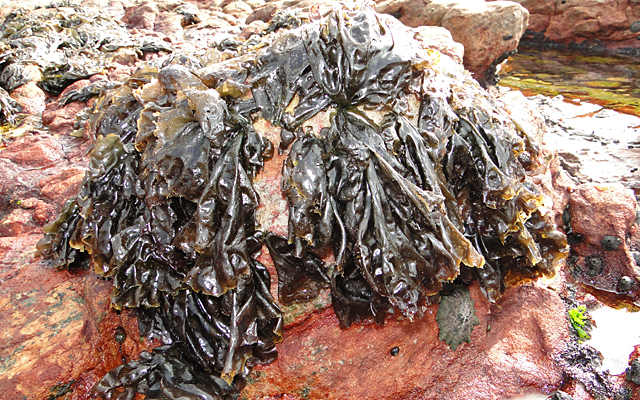
In Asia, Porphyra (known as nori) is eaten as a whole seaweed, either dried or in soups, and globally as tasty wrappings for sushi. Nori’s iodine and high vitamin and protein content make it attractive, as does the relative simplicity of its mariculture (sea farming), which began more than 300 years ago in Japan.

4. Besides food for direct consumption, red seaweeds are also important for their phycocolloid extracts. Phycocolloids are seaweed derivatives that cause particles to remain suspended in solution and are, therefore, excellent as stabilising and gelling agents. The main phycocolloids derived from red seaweeds are carrageenan and agar.
Carrageenan is highly sought-after in western societies and is especially important in the dairy industry. Milkshakes, cheese, yoghurt and powdered milk (including baby formula) all possess red seaweed carrageenan extracts. Carrageenan is also used in toothpaste, cosmetics, shampoos, paints and pet food.

Agar, on the other hand, has its most important use as a medium on which to culture fungi and bacteria in microbial and medical pathological research. In food for human consumption, agar is found in baking and confectionery products and is widely used to clarify wine, juice and vinegar due to its excellent protein-binding properties. In larger industries, agar is used to make adhesives and capsules for tablets.
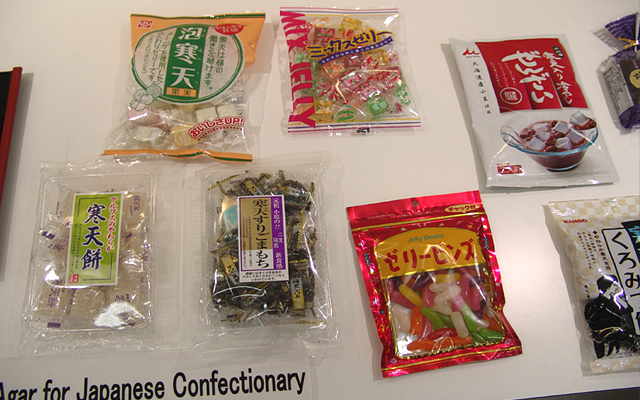
5. Due to their hard, calcified nature, encrusting coralline red seaweeds have several economic uses. In modern medical science, coralline algae are used to prepare dental bone implants. Coralline rubble (maerl) is used in calcium mineral supplements, as soil pH conditioners, in the filtration of acidic drinking water, and as food additives for livestock. Coralline algae are commonly used as “live rock” in the marine aquarium industry, and in many tropical communities, coralline rock is used as building stones.
To comment on this story: Login (or sign up) to our app here - it's a troll-free safe place 🙂.![]()






